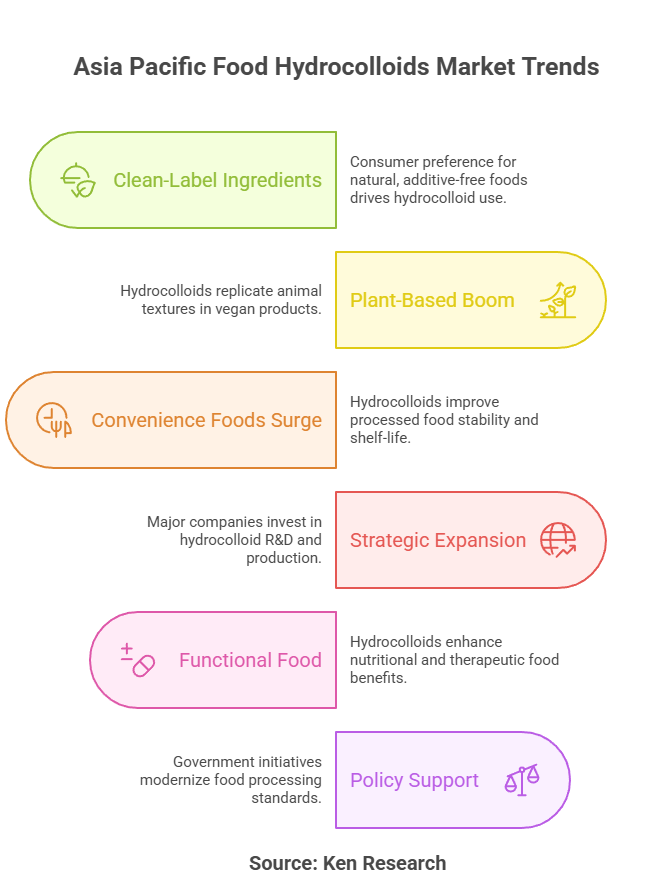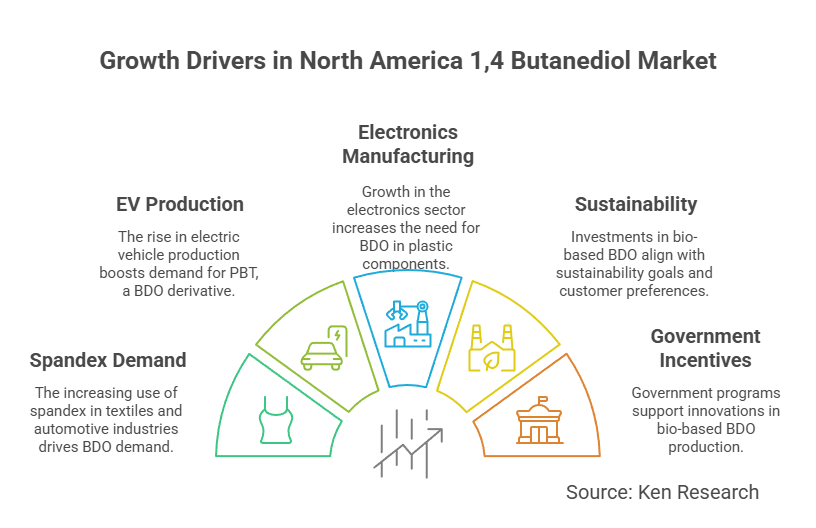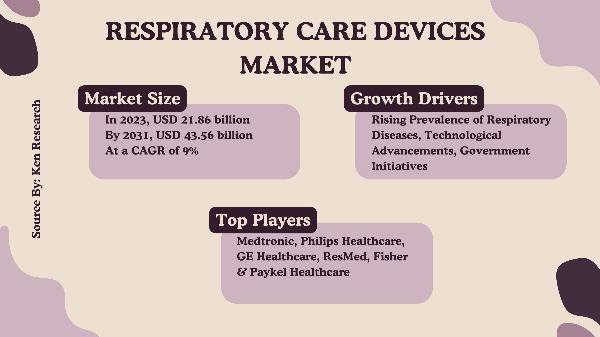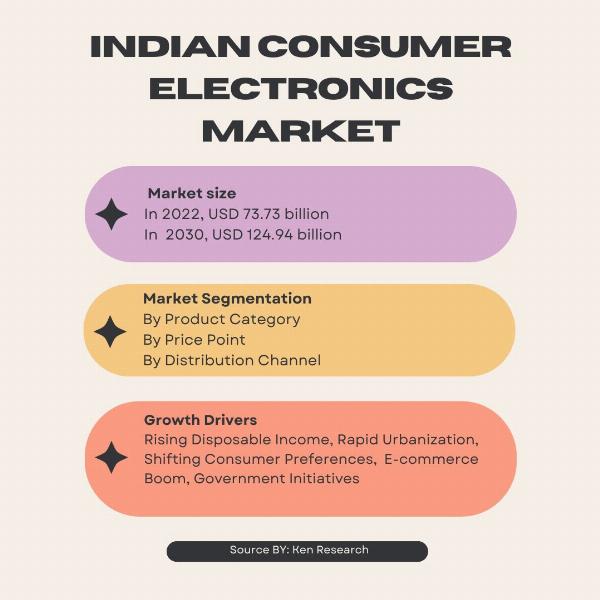 Blog Speed Optimization – Make Google & Users Happy!
Blog Speed Optimization – Make Google & Users Happy!
The Key Trends Shaping the Future of the US Rolling Stock Market
Written by Meenakshi Bisht » Updated on: June 17th, 2025

The USA Rolling Stock Market, currently valued at USD 7 billion, is undergoing a powerful transformation. Backed by federal infrastructure investment, growing freight and passenger demand, and a heightened push for sustainability, the rail industry in the U.S. is rapidly evolving. From smart technology to green propulsion, here are the key trends redefining rolling stock market in USA.
1. Electrification and Green Propulsion Are Taking the Lead
The transition from traditional diesel engines to electric, hybrid, and battery-powered propulsion systems is one of the most defining shifts in the market. With over $35.6 billion allocated by the Federal Railroad Administration (FRA) for rail electrification, operators are modernizing their fleets to reduce carbon emissions and boost efficiency.
Electric trains are increasingly being adopted across urban and regional routes, particularly in sustainability-focused states like California and New York.
2. High-Speed Rail and Intercity Expansion Gaining Momentum
The U.S. is witnessing renewed momentum in high-speed and intercity rail projects, particularly in corridors connecting major metropolitan areas. California’s high-speed rail initiative and the Texas Central Railway project are just a few examples aiming to reduce road congestion and support eco-friendly transit.
This has fueled demand for advanced rolling stock, including light rail vehicles, high-speed trains, and modern passenger coaches equipped with smart systems and energy-efficient designs.
3. Smart Rail Technologies Transforming Operations
Rail operators are increasingly turning to IoT-powered solutions to enhance safety, reduce downtime, and boost overall operational efficiency. Smart rolling stock now comes equipped with:
- Predictive maintenance alerts
- Real-time fleet tracking
- Sensor-driven diagnostics
- Automated braking and safety systems
These advancements are critical in improving service reliability, particularly in high-volume freight and commuter networks.
4. Freight Rail Demand Remains Resilient
Despite a minor year-over-year decline, freight rail continues to play a crucial role in the U.S. transportation ecosystem. In July 2024, railroads moved over 1 million carloads, serving critical sectors like agriculture, manufacturing, and energy.
As freight volumes rebound, rail operators are upgrading to more fuel-efficient locomotives to meet sustainability mandates while maintaining cargo performance across long-haul networks.
5. Public-Private Partnerships Fueling Infrastructure Growth
The rise of public-private partnerships (PPPs) is unlocking new funding channels for large-scale rail infrastructure. These partnerships are proving essential for financing projects such as station upgrades, track electrification, and rolling stock modernization.
States like Illinois and Texas have benefited from such collaborative models, bringing private-sector innovation and speed into public infrastructure delivery.
6. Regional Focus: Urban Rail Investments on the Rise
Urban centers like Los Angeles, Chicago, and San Francisco are investing heavily in light rail and metro systems. These projects reflect growing commuter demand, traffic congestion concerns, and municipal climate goals.
Light rail and electric multiple units (EMUs) are becoming the preferred rolling stock types for city transit agencies, supported by state and federal grants aimed at clean public transportation.
7. Overcoming Challenges: Costs and Supply Chain Strains
Two key hurdles remain:
- High upfront capital costs for electric and hybrid train sets.
- Supply chain disruptions delaying the delivery of critical components and materials.
- Addressing these challenges requires robust funding mechanisms, policy support, and localized manufacturing to mitigate global dependencies.
Looking Ahead: A Smart, Sustainable Rail Future
With a strong foundation in place, the USA Rolling Stock Market is poised for long-term growth. Key trends—such as smart fleet integration, sustainable propulsion systems, and intercity expansion—are transforming the landscape into one that is digital, efficient, and eco-conscious.
Note: IndiBlogHub features both user-submitted and editorial content. We do not verify third-party contributions. Read our Disclaimer and Privacy Policyfor details.
Copyright © 2019-2025 IndiBlogHub.com. All rights reserved. Hosted on DigitalOcean for fast, reliable performance.

















